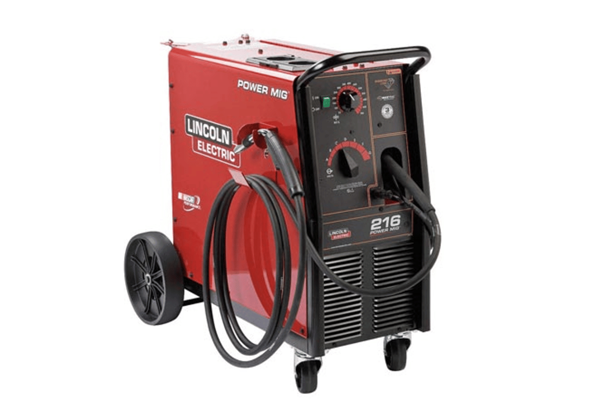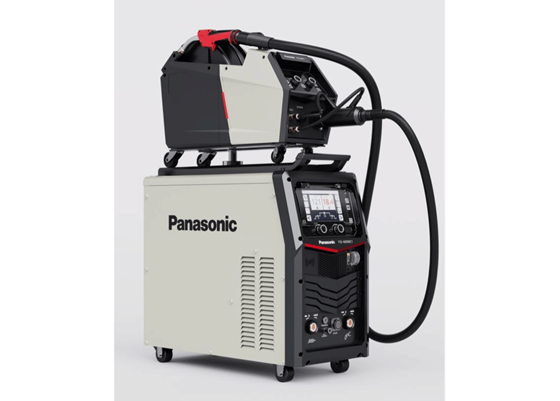Induction heating systems represent a revolutionary leap in the field of thermal processing. They have transformed how we heat metals and conduct various crucial industrial processes. This comprehensive article aims to illuminate the details of induction heating systems, highlighting the fundamental principles governing their functionality and diverse applications across industries. This guide will comprehensively explain induction heating from its foundational concepts to its subtle applications.
The Essence of Induction Heating
At the base of induction heating lies the concept of electromagnetic induction. This process involves using alternating current (AC) to generate a changing magnetic field around a conductor, inducing voltage and, consequently, eddy currents in a nearby conductive material.
Induction heating systems have three primary components: a power supply, an induction coil, and the workpiece. The power supply sends alternating current through the induction coil, generating a powerful and controllable magnetic field. Typically made of metal, the workpiece enters this field, inducing eddy currents, leading to rapid and uniform heating.
How Does Induction Heating Work?
The phenomenon of the ‘skin effect’ is central to induction heating. This effect causes the induced eddy currents to flow primarily at the material’s surface, creating intense heating. The penetration depth, or how deeply the heat travels into the material, is influenced by frequency and material properties.
The frequency of the alternating current used in induction heating plays a crucial role. Higher frequencies result in shallow penetration depths, making them suitable for heating thin materials, while lower frequencies penetrate deeper, ideal for thicker materials.
One notable advantage of induction heating is its ability to provide uniform heating across a material’s surface. The system ensures consistent temperatures by precisely controlling the induction coil and power supply, reducing the risk of uneven heating.
Induction heating systems offer exceptional control and precision. The power supply can be adjusted to regulate the intensity of the magnetic field, allowing for fine-tuned temperature control. This level of precision is especially crucial in applications requiring specific temperature profiles.
In specific applications, such as hardening metals, induction heating is often followed by a quenching process. The material rapidly cools after reaching the desired temperature, enhancing its hardness. This quenching step seamlessly integrates into the induction heating process for efficient heat treatment.
Exploring the Advantages of Induction Heating Systems
Induction heating boasts remarkable speed, significantly reducing heating times compared to traditional methods. This efficiency not only enhances production rates but also contributes to energy conservation.
The ability to control the temperature precisely sets induction heating apart. Rapid adjustments in temperature allow for accurate and consistent results, a critical factor in industries where precision is supreme.
Versatile Applications of Induction Heating
One of the primary applications of induction heating is in metal hardening processes. The material’s hardness and durability significantly improve by quickly heating and quenching specific metal workpiece areas.
Localised and controlled induction heating is ideal for brazing and soldering applications. It ensures strong joints with minimal thermal distortion, enhancing the overall integrity of the workpiece.
Induction heating has also found its way into our homes through induction cooktops. In the food industry, it plays a crucial role in processes such as pasteurisation and sterilisation.
Selecting the Ideal Induction Heating System

Different materials respond differently to induction heating. Understanding the properties of the heated material is critical to selecting the most suitable system.An induction heating system’s power and frequency specifications heavily influence its performance. Aligning these factors with the application’s specific requirements ensures optimal results.
Safety in Induction Heating Systems
A distinctive safety feature of induction heating is its non-contact nature. This minimises the risk of accidents and enhances workplace safety. Induction heating systems produce fewer emissions than traditional heating methods, creating a cleaner and safer working environment.
Conclusion
Induction heating systemshave vast possibilities and benefits. Kanoo Machinery is the ultimate choice for those seeking the best induction heating systems. With a commitment to excellence, extensive industry experience, and a diverse range of cutting-edge options, Kanoo Machinery will help you utilise the full power of induction heating. By choosing Kanoo Machinery, you invest in top-tier technology and secure the reliability and expertise associated with a trusted name in the industry. Visit our website to browse our collection or get in touch with our specialised team at km100.uae@kanoo.com



















